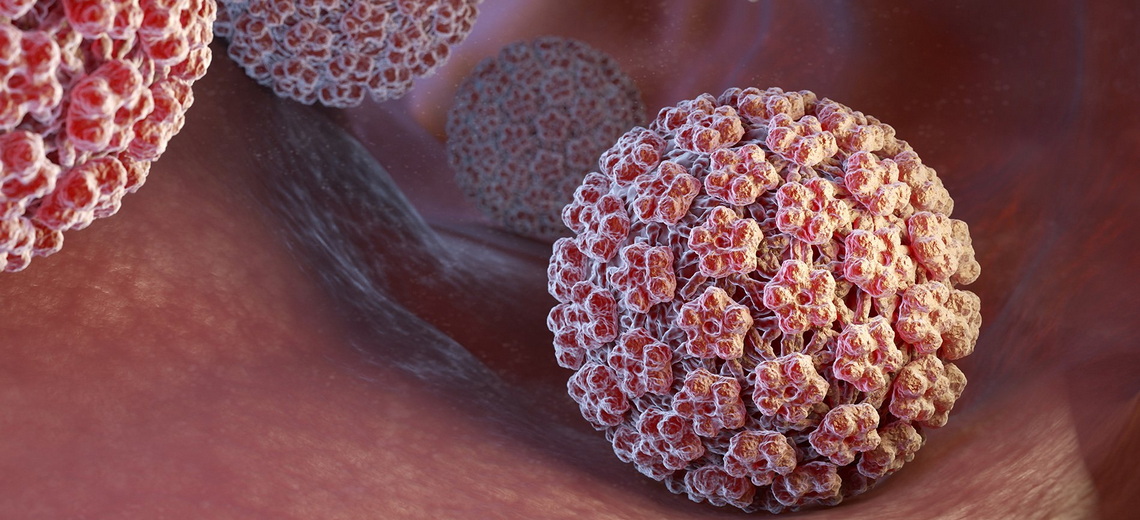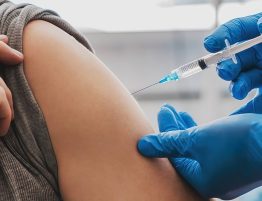
Human papillomavirus.
HPV is one of the common causative agents of sexually transmitted infections (STIs).
HPV is transmitted mainly through sexual contact and leads to the appearance of papillomas on the skin, genitals, anus, mouth and throat.
As a rule, the virus completely disappears from the body in 1–2 years without special treatment. Sometimes human papillomavirus infection becomes chronic and can cause some cancers.
The virus is capable of showing absolutely no symptoms for a long time. As a rule, the patient learns about the presence of HPV when its consequences develop: the appearance of warts, papillomas, and condylomas. In some cases, the following signs may indicate the presence of a virus:
- multiple growths of neoplasms – papillomas, warts, nevus;
- swelling or inflammatory foci of papilloma, their bleeding;
- burning, itching in the genital area;
- bloody discharge during the intermenstrual period, including after sexual intercourse;
- pain and discomfort when both partners are close.
Risk factors for human papillomavirus infection.
Gender and age According to WHO, 40-75% of the population is infected with HPV, but only 3-9% of those infected show symptoms of the disease. Most often, HPV is found in young people who have a large number of sexual partners, as well as in teenage girls who have not reached puberty (14-17 years old).
Other STIs Infection with sexually transmitted infections, for example: syphilis, gonorrhea, urogenital chlamydia, trichomoniasis, etc., also increases the risk of contracting human papillomavirus infection.
Complications of human papillomavirus infection.
The main danger of human papillomavirus infection is an increased risk of developing certain types of cancer. About 15 strains of the virus are known that can integrate their own DNA into the genome of mucosal cells, produce oncogenes (tumor growth activators) and disrupt the functioning of protective “anti-tumor” proteins.
Some of the dangerous diseases that can be caused by the human papillomavirusare cancer of the cervix, anal canal, vagina, vulva, penis, and throat.
In addition to cancer, other complications (local) may also occur. For example, erosions and ulcers at the site of papillomas, infection of wounds when scratching or accidentally picking off warts.
Prevention of human papillomavirus infection.
Safe sexual behavior is the basis for the prevention of STIs and their complications.
It is recommended, for the purpose of prevention, to use contraceptives while limiting the number of sexual partners to a minimum. If there is reason to suspect infection, you should immediately undergo examination by a dermatovenerologist, obstetrician-gynecologist or urologist.
With the increase in oncological diseases, health care institutions in the city of Brest and the Brest region, for testing for human papillomavirus of high carcinogenic risk (HPV HCR), deliver biological material to a centralized bacteriological laboratory UZ “Brest Regional Dermatovenerological Dispensary”, at the expense of budgetary funds, as part of medical examination for early diagnosis of cervical cancer, healthy women of the target group who are in the current year at the time of testing turned 30, 35, 40, 45, 50, 55 and 60 years old, without making complaints at the time of taking the material.
Take care of yourself and your loved ones.
Chief physician of the Brest Regional Dermatovenerological Dispensary Mikhail Sergeevich Lenev.








